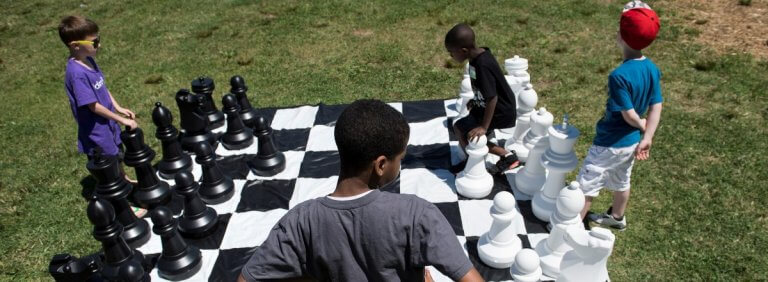
The benefits of playing chess for education are plenty. It develops creativity. It improves decision-making abilities. It teaches sportsmanship. It makes students focus. It teaches them personal responsibility. Studies have reportedly even linked it to higher grades and better reading comprehension.
It’s no surprise then that many schools have chess programmes for children of different ages, backgrounds and even special needs. In Shanghai, the SCA Chess Academy offers professional international chess instruction at more than 15 international schools, and at centres, prestigious venues and homes all over the city.
But not every chess programme is created equal. Writing in The Conversation, Alexey W Root, a Lecturer in Education at the University of Texas at Dallas and also former US Women Chess Champion provides these three considerations to make before choosing a chess programme:
1. Safety and structure
Safety comes first. One-on-one contact between a chess teacher and student is prohibited. Root said: “Even though a chess game is played one-on-one, there should never be one-on-one contact, out of the view of others, between a chess teacher and a child.”

Children play chess on an iPhone between rounds during the DiploChess chess tournament at the Russian embassy on May 13, 2017 in Washington, DC. Source: AFP/Brendan Smialowski
Programmes must also be structured, where a class period, for example, have “instruction, practice and free play”. This means the teacher introduces a new concept, students practise said concept while teachers monitor and potentially ends with a free chess play session.
Alternatively, competitive students can look for programmes that offer ladders or tournaments, either within their school or involving students from other programmes. While winning feels great, these competitions present an opportunity for students to learn how to accept losing and come back a better player.
2. Instructor’s knowledge
Check out United States Chess Federation (US Chess) ratings and World Chess Federation ratings which ranks instructors according to their knowledge of chess. A good instructor can make all the difference.
Take, for example, Shawn Martinez, coach of Tanitoluwa Adewumi who made headlines for being homeless yet winning the primary (K-3) championship section of the New York State Scholastic Championships earlier this month. Root notes that Martinez has a current US Chess rating of 2188, which puts him in the top four percent to 1.5 percent of players rated by US Chess.
3. Try a few instructors

Lesley Loren competes in the Chicago Public School City Chess Championship at the Harold Washington Library 24 March 2005 in Chicago, Illinois. Source: AFP/Tim Boyle
Different students have different goals to achieve from their chess programmes. Root advised parents to pick a programme that aligns both their goals and their child, talking to other parents and their offspring to find out more.
“When Elizabeth Spiegel won the 2019 “Chess Educator of the Year” award from the University of Texas at Dallas, where I am employed as a lecturer, she recommended that children have trial lessons with several different chess coaches. She also advised that parents sit in on each lesson and talk with their child afterward about which instructor works best for the child,” she said.







